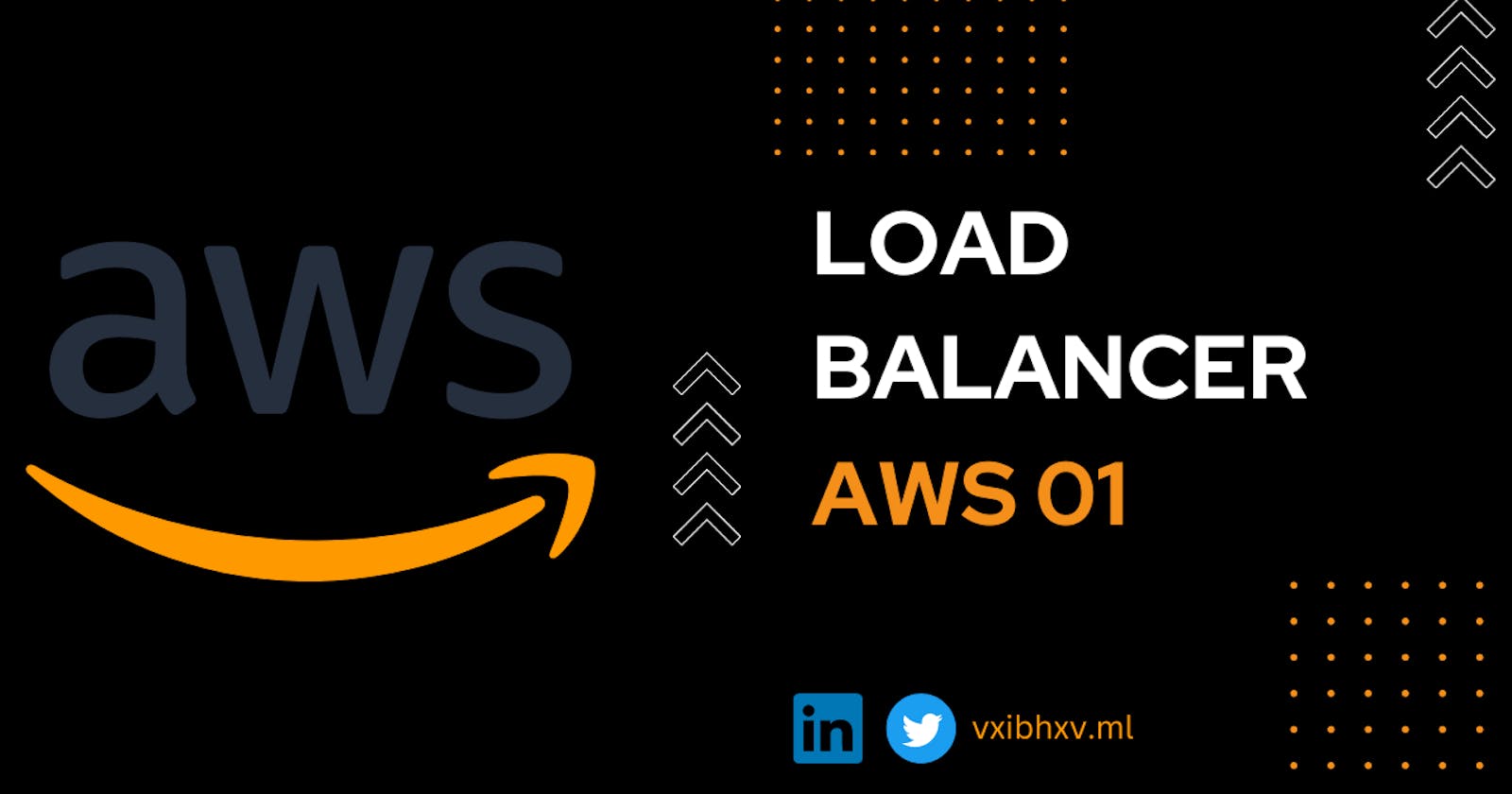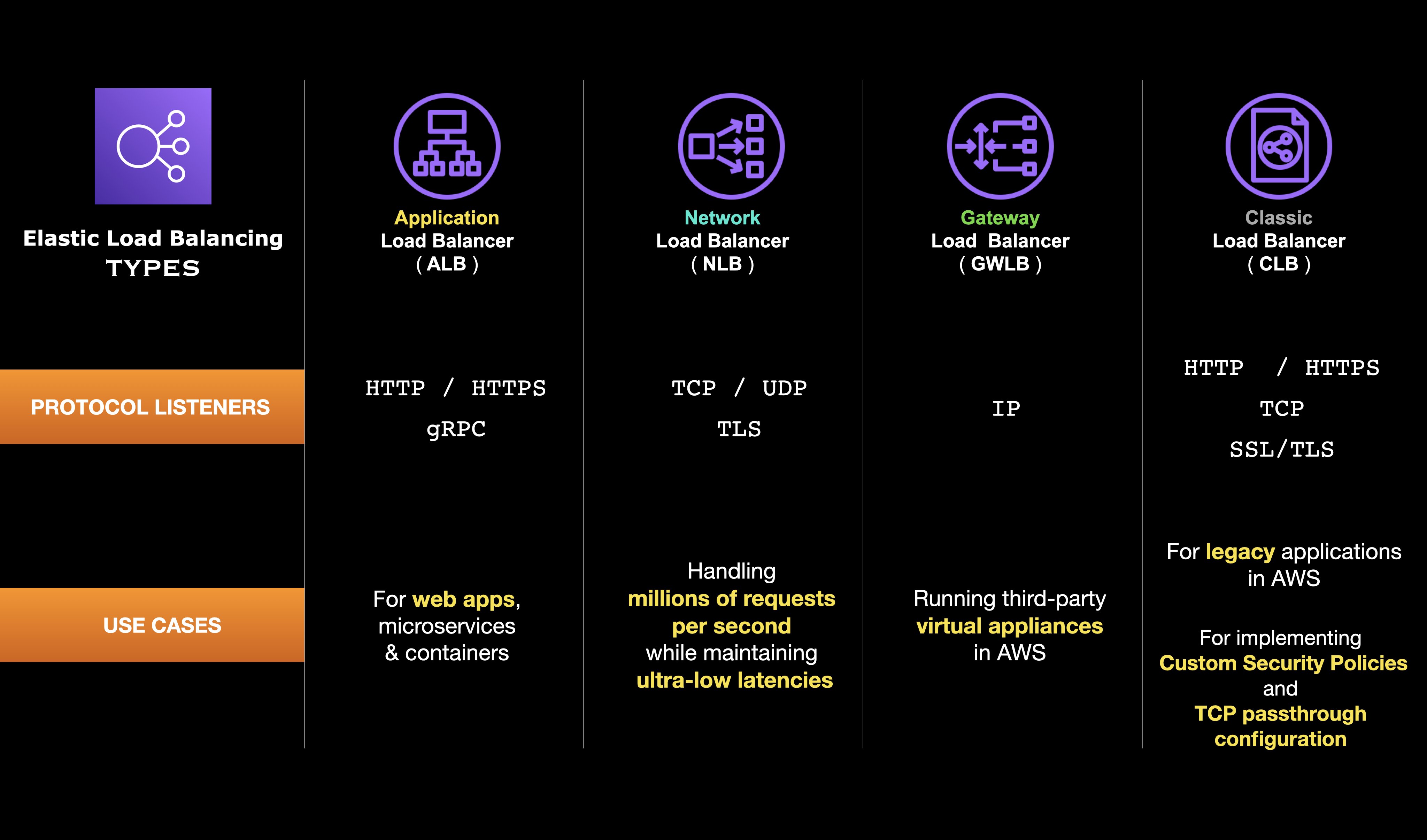Introduction
In this blog, we will explore the concept of load balancing and its significance in the streaming industry. We will uncover how load balancers evenly distribute incoming network traffic across multiple servers, optimizing performance and ensuring a smooth user experience. Additionally, we will dive into Amazon Web Services' (AWS) Elastic Load Balancer (ELB) and its various types, each designed to address specific requirements
What is a Load Balancer?
Have you ever wondered how popular streaming services like Netflix seamlessly deliver your favorite shows and movies without interruptions? The secret lies in a powerful technology called load balancing.
Imagine you're at a crowded buffet, and to ensure everyone gets their fair share of food, a team of servers efficiently distributes the dishes. Load balancing works in a similar way, evenly distributing incoming network traffic across multiple servers to optimize performance and availability.
The primary purpose of a load balancer is to evenly distribute traffic across multiple servers or resources. By doing so, load balancers prevent any single server from being overwhelmed, avoiding performance bottlenecks and ensuring a smooth user experience.

The Load Balancer acts as a traffic distribution point. When a user makes a request, it reaches the Load Balancer first. The Load Balancer then intelligently distributes incoming requests across the three connected servers, evenly distributing the load.
High Availability: The Load Balancer continuously monitors the health of the servers. If any server becomes unresponsive or experiences issues, the Load Balancer automatically redirects traffic to the remaining healthy servers, ensuring uninterrupted service availability for users.
AWS ELB(Elastic Load Balancer)
It is a service provided by Amazon Web Services (AWS) that automatically distributes incoming traffic across multiple EC2 instances. ELB provides three types of load balancers:
Application Load Balancer (ALB): Works at the application layer (Layer 7) of the OSI model for advanced routing and content-based routing.
Network Load Balancer (NLB): Operates at the transport layer (Layer 4) of the OSI model for high-performance, low-latency applications.
Classic Load Balancer (CLB): Legacy version providing basic load balancing functionality. It is recommended to use ALB or NLB for new deployments.
Gateway Load Balancer (GWLB): Gives you one gateway for distributing traffic across multiple virtual appliances while scaling them up or down, based on demand. This decreases potential points of failure in your network and increases availability.
How Streaming Services like Netflix and Twitch Utilize AWS Load Balancer

Netflix initially used AWS Elastic Load Balancer (ELB) for distributing incoming traffic, benefiting from features like automatic scaling and fault tolerance. However, as Netflix's infrastructure evolved, it required more advanced load-balancing capabilities.
To meet this need, Netflix developed Eureka, its own service registry and load balancer. ELB continued to handle edge load balancing, while Eureka took over mid-tier load balancing within Netflix's infrastructure. Eureka offered fine-grained control over load-balancing decisions, enabling optimization based on factors like traffic patterns and resource usage.
With Eureka, Netflix introduced features like weighted load balancing, enhancing resiliency and performance. This transition provided Netflix with the flexibility and customization necessary to efficiently manage traffic between internal services and servers. ELB remained crucial for distributing end-user web traffic, while Eureka handled load balancing internally, ensuring a seamless streaming experience.

Twitch, a leading live streaming platform focused on gaming content, utilizes AWS Elastic Load Balancer (ELB) to handle the surge of concurrent viewers during live events and popular gaming broadcasts. ELB enables Twitch to distribute incoming traffic across multiple servers, ensuring high availability, scalability, and optimal performance for millions of viewers worldwide. By leveraging ELB, Twitch can balance the load, scale its infrastructure based on demand, and deliver uninterrupted streaming experiences, making it a reliable and scalable platform for gaming enthusiasts.
Conclusion
- In conclusion, load balancing is a fundamental component in the success of streaming services, enabling them to deliver content seamlessly and cater to a global audience. With the power of load balancing and AWS ELB, these platforms can efficiently distribute traffic, optimize performance, and provide uninterrupted streaming experiences for millions of users. As technology continues to advance, load balancing will remain a vital tool in the arsenal of streaming services, enhancing their reliability and scalability in the ever-evolving digital landscape.
Connect with me
Thank you for reading this blog. you've now learned what a load balancer is. If you enjoyed this post and would like to stay updated on my work, feel free to connect with me on social media.
I'm always open to new connections and networking opportunities, so don't hesitate to reach out and say hello. Thank you for reading! Stay tuned for more🚀🙌

